The mystery of the Inca Empire
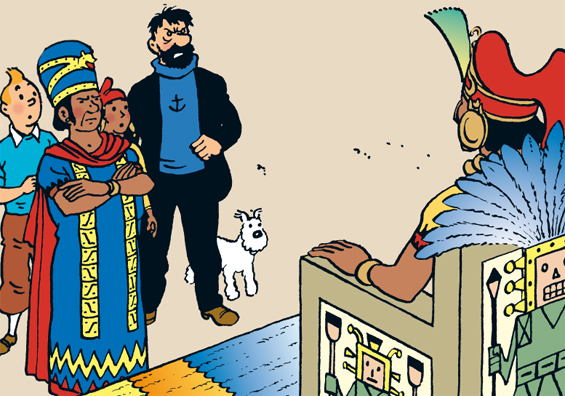
We don't know exactly when the last Inca, Atahualpa, was born (around the year 1200 according to some legends) but we do know when he died: 29 August 1533. The history of the Incas never ceases to amaze, inspiring explorers, archaeologists and treasure-hunters on the quest for fame, fortune and knowledge. Get ready for a journey to the real-life civilisation that Hergé evoked in Prisoners of the Sun.
What became of the Incas?
Saturday 16 November 1532 is the exact day on which began the end of the Inca Empire. Historians such as William H. Prescott (1796-1859) have worked hard to establish this fact. But where did the event take place? Cajamarca, a little town in the mountains north of Peru, which still exists today. It was a place that was much appreciated by the Incas due to its natural hot water springs. Today tourists still visit the Banos del Inca (the Inca baths) to benefit from the healing and rejuvenating properties of the water.
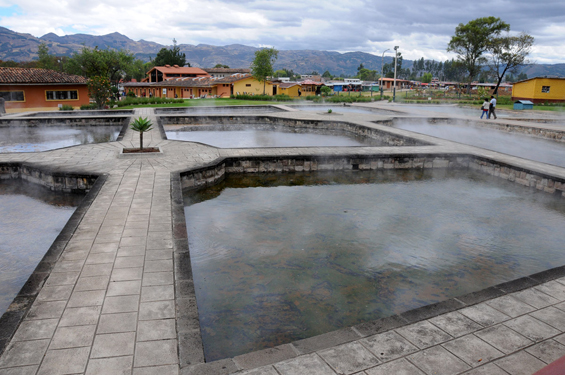
Cajamarca is the town where the Inca emperor Atahualpa was captured on 16 November 1532, his warriors and personal guard being overpowered by a 158 Spanish soldiers including 80 cavalry. Atahualpa offered his captors a room full of gold and silver in exchange for his freedom, but before the bulk of the ransom was delivered the Spaniards reneged on their promise, killing the Inca king by strangulation on 29 August 1533. They smelted the gold they had already received. But did the empire really end following Atahualpa's death? And who were the people who killed the man who is now known as the last Inca?
An empire born in the middle of a lake
Numerous legends claim that the Inca dynasty began in the middle of Lake Titicaca. It is a beautiful story that is still told today.

The term 'Inca' originally signified a small peasant community living in the Valley of Cuzco, at an altitude of roughly 3450 metres. From the thirteenth century onward, the Incas began conquering territory and assimilating other tribes, sometimes descendents of even older tribes and civilisations. It is estimated that the Inca Empire was formed in around 1400 A.D. When the Spanish arrived in South America one hundred years later the Inca population was about 10 to 12 million strong. Inca society was hierarchical and highly organised. The Incas named their empire 'Tawantinsuyu', a Quechua term meaning 'land of four quarters' or 'empire of the four directions'. At the centre of the empire was the town of Cuzco, with four roads leading outwards from the town. These roads separated the four regions that made up the empire.
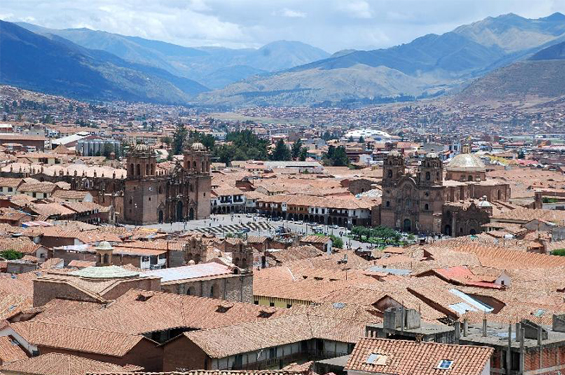
Was an entire empire really destroyed by little more than a gang of thugs?
es, without a doubt! The Spanish conquistador Francisco Pizzaro (1471-1541), who was almost single-handedly responsible for the destruction of the Inca civilisation, was an ex-swineherd born in the region of Trujillo, Spain. Pizzaro was an illegitimate child who was not taught how to read or write. In disputes he learned to trust violence over discussion. Lazy, aggressive and incapable of holding down a job, and also wanted by the police for theft, rape and murder, Pizzaro chose to leave Spain for the New World. In this way he hoped not only to escape justice in his native country, but also to make his fortune by pillaging other countries. He would later prove himself remarkably capable in this respect. In 1528, Pizzaro's private army of 168 Spanish soldiers made their first contact with the Incas. Things went very badly. Pizzaro's band of thugs committed atrocities against peaceful tribal populations, notably on the island of Puna, opposite the Peruvian coast.

Pizzaro then returned to Spain to seek financial backing for another expedition into Inca territory. His final expedition took place in 1531. The 'conqueror of Peru' stole unimaginable hoards of treasure and killed the members of his entourage who threatened to denounce him. He founded a coastal camp, which eventually became the town of Lima. It was in Lima that Pizzaro was killed during a fight at a party. In the end he died as he had lived: by the sword.
Did you know?
The earliest evidence of agriculture comes from South America. Although archaeologists have discovered human remains dating from the fifteenth century B.C. in Peru, we also know that, as early as 8000 B.C., plants like pimentos and beans were cultivated.
The llama became a domesticated animal very early on in human history. Llamas and alpacas were used for transport and also provided wool and meat, from as early as the fourth century B.C. On the other hand animals such as the vicuna and the guanaco, which belong to the camelids (camels and dromedaries), have remained wild.

The first villages appeared from as early as 4000 B.C. A thousand years later, the populations of North Peru started to build temples and religious centres, which could be considered the hubs of the first towns.
The name of the town of 'Cuzco' means 'owl'. The term has its origins in the Aymara language, and it means 'owl'. There is a wonderful legend linked to the name. The story goes that Manco Capac, founder of the Inca dynasty, left the region of Lake Titicaca and arrived at the place that would become Cuzco. He had ordered his brother Ayar Auca to fly to a rock, and Ayar Auca had obligingly transformed himself into an owl and flown to the site of the future Cuzco, where he transformed himself into a rock that marked the new territory.
Extraordinary writing
One of the big misunderstandings about the Incas revolves around their means of communication. It is claimed that they did not have a system of writing, but this has proven to be a false conjecture. The system of writing that the Incas used is very different from anything we know, and it revolved around the use of quipus. The script was not written on paper or parchment, but within the threading and knotting of ropes and textile strips. To begin with, a principal piece of rope, measuring 0.5 to 1 cm in diameter, was selected. Onto this base were grafted different-coloured threads made out of different materials (wool, cotton, etc.). These threads were tied in knots. The colour of the thread, the material it was made of and the way in which it was tied into knots, were all significant features. Based on variations up to 1536 characters could be spelled out. The biggest known quipu is made out of over 1500 thin pieces of cord. It is theoretically possible to encode a novel's-worth of text in a quipu!

Alas, the Spanish saw quipus as nothing more than cloth rags. They didn't even try to decipher them, and simply burned them. Some superstitious priests believed that they were instruments of the devil and demanded their destruction. No more than 600 quipus remain in existence today, spread out in museums all over the world. But we no longer know how to decipher them.
The real Temple of the Sun
It has often been claimed that Hergé's based his Inca temple in Prisoners of the Sun, on the site of Machu Picchu. This is only partly true. The Incas split up their territory into four regions, themselves split into provinces. There were 80 provincial centres: Machu Picchu was one of these centres.

Machu Picchu was an imperial residence built in around 1470 by an Inca named Pachakuti. The site originally contained about 200 buildings and was home to roughly 750 people. Within the site archaeologists have discovered places of residence, houses, baths, religious areas, temples, administrative buildings and a prison. But the real Temple of the Sun is to be found in Cuzco, the religious capital of the Inca Empire.

Nevertheless Hergé based his drawings on photos of the site at Machu Picchu, brought into the public's imagination when it was discovered by American Hiram Bingham III (19 November 1875 - 6 June 1956) in 1911. Hergé also read articles in National Geographic magazine and books by the explorer Charles Wiener (1851-1913). Wiener was one of the founders of the Trocadéro Museum in Paris, to which he donated over 4000 objects acquired during his travels in Latin America.
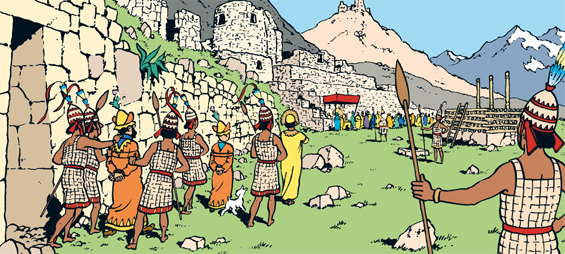
A Sun god
The Inca religion was a product of evolution. After each conquest or annexation, the Incas often assimilated gods that were venerated by their new allies. Lineage was very important to the Incas, and this sentiment engendered a deep respect for the dead. For the Incas the past was as important as the present, and the earliest known and venerated Inca ancestor was the founder of the Ayllu lineage. The Incas practised mummification, although they did not embalm their dead in the way that the Egyptians did. Great care was taken to ensure that burial chambers were dry, well aired and not in direct contact with earth or soil. Two important Inca gods were Wiraqucha, god of the Earth, agriculture, water and life, and Illapa - 'lightening' - god of the atmospheric phenomena without which the Earth would not be able to support life.
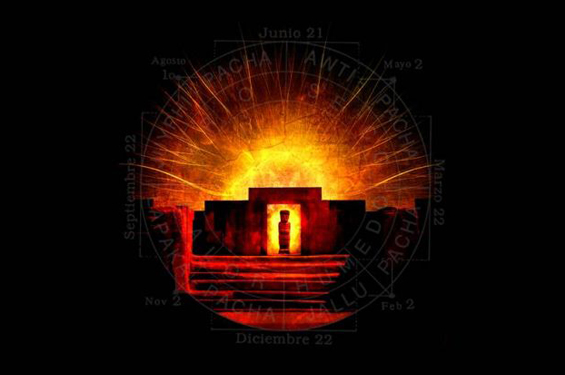
Alongside these divinities (and not above them, as was thought for a long time) stood the Sun god Punchaw, meaning 'day'. The ways in which the Incas worshipped the Sun god were extraordinarily complicated, and are still not fully understood today.
Human sacrifices
Human sacrifices - qhapaq hucha - played an important religious role in Inca society, but they were only carried out under exceptional circumstances: the death of an Inca, for example. Normally animals such as llamas were sacrificed, the heart being torn out and the animal's blood collected in a vessel that was sent back to the village that had offered the animal for sacrifice.

When children were sacrificed they became subjects of veneration, in very much the same way as ancestors were worshipped. Sacrifices served to placate certain gods. The Incas thought the world to be filled with spirits - wak'a - which tended to gather in certain places or manifest as certain weather.





 News
News Forums
Forums E-books
E-books

